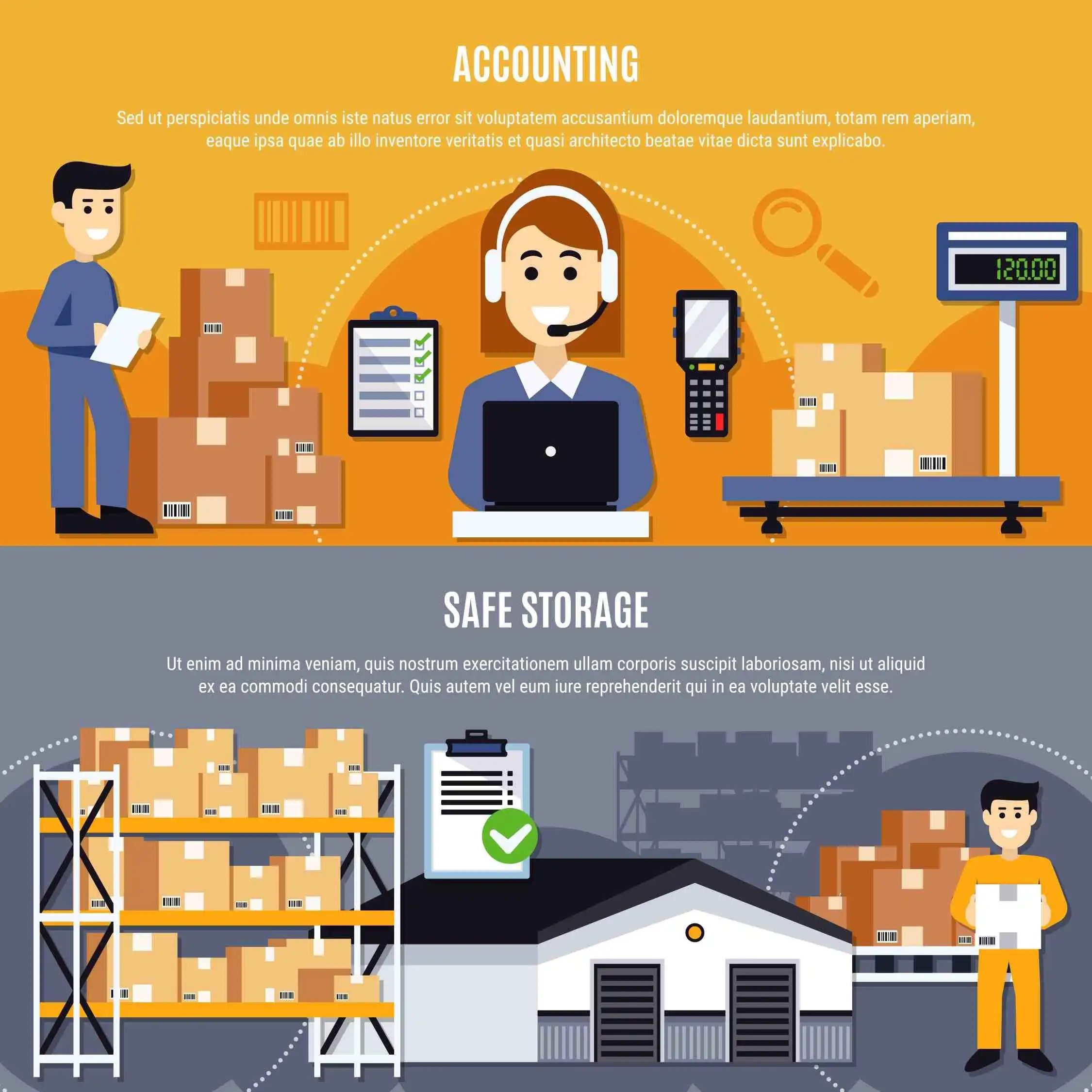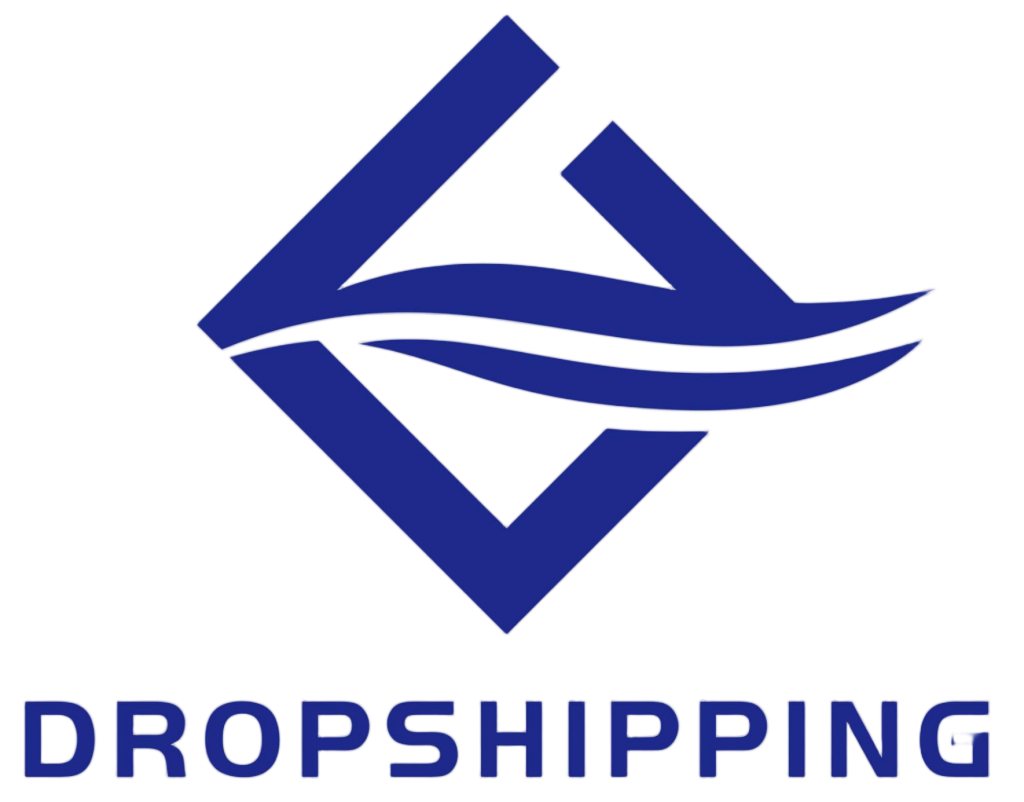Online shopping is more than just a pretty website or great products. The key to happy customers is a smooth ecommerce fulfillment system. This process makes sure orders are picked, packed, shipped, and delivered on time. As shoppers expect quicker deliveries and clear updates, businesses need to understand fulfillment to grow and succeed.

What is eCommerce Fulfillment?
eCommerce fulfillment is the whole journey of getting a product to a customer after they buy it online.
Definition and Main Parts of eCommerce Fulfillment
DROPSHIPPING is a way to sell without holding products yourself. When someone orders, the seller buys the item from a supplier, who ships it straight to the customer. But regular fulfillment includes storing products, managing stock, processing orders, packing, labeling, and shipping.
Why Fulfillment Matters for Online Shopping
A good fulfillment system keeps customers happy with fast and correct deliveries. Mistakes or slow shipping can lead to returns, bad reviews, or lost trust.
Key People in the Fulfillment Process
The main players are store owners, third-party logistics providers (3PLs), DROPSHIPPING partners, warehouse workers, shipping companies, and customers. Each helps move products from storage to your door smoothly.
The eCommerce Order Fulfillment Process
Fulfillment starts before an order is even placed. It involves many steps that work together to keep things fast and accurate.
Inventory Management and Storage
Good stock management stops businesses from running out or having too much product, which can hurt profits.
Warehousing Choices for Online Sellers
Sellers can run their own warehouses or use 3PLs or DROPSHIPPING’s cloud-based services. DROPSHIPPING’s one-stop cloud warehouse offers safe, clean storage and a smart system to track stock.
Keeping Stock Levels Just Right
Tools that guess what customers will buy help keep the right amount of products ready. With DROPSHIPPING, suppliers handle stock, so sellers don’t need to worry about it.
Order Processing and Picking
When an order comes in, the work begins to get it ready.
How Orders Are Received and Checked
Orders from platforms like Shopify or WooCommerce go straight into a warehouse system. In DROPSHIPPING, the supplier packs and ships the order directly to the customer, keeping things quick and easy.
Fast Picking in Modern Warehouses
Warehouses use barcode scanners or robots to grab items fast. Methods like batch picking or zone picking make things even quicker during busy times.
Packing and Labeling Procedures
Packing protects products and shows off a brand.
Packing Materials and Brand Style
Custom boxes make customers smile. DROPSHIPPING’s one-stop services include packing and shipping, using eco-friendly materials or adding special notes inside packages.
Making Sure Labels Are Right
Wrong labels can cause delays or lost packages. DROPSHIPPING’s cloud warehouse handles packing and adds all needed shipping papers, following global rules.
Shipping and Last-Mile Delivery
The final step is getting products to customers’ doors.
Choosing Carriers and Shipping Options
Sellers pick between regular, fast, or same-day shipping based on what customers want. DROPSHIPPING works with many shipping companies to find the best, cheapest, and fastest options.
Tracking and Delivery Updates
Customers love knowing where their order is. Real-time tracking gives clear updates from the moment the package leaves until it arrives.
Types of eCommerce Fulfillment Models
Every business needs a fulfillment plan that fits its goals.
Merchant Fulfilled Model (Self-Fulfillment)
In this model, sellers handle everything—storing, packing, and shipping. It gives control but takes a lot of time and money.
Third-Party Logistics (3PL) Providers
3PLs take care of storage, packing, shipping, and even returns for many businesses. They’re great for growing companies that want to save effort without building their own warehouses.
DROPSHIPPING Model Overview
Sellers focus on taking orders and helping customers, while suppliers handle stock and shipping. DROPSHIPPING is perfect for new businesses because it needs little money upfront and works with many products.
Challenges in eCommerce Fulfillment
Even with great systems, problems can pop up, especially during busy times or global issues.
Handling Lots of Orders in Busy Seasons
Holidays can overwhelm systems. Tools like automation help manage big order spikes without mistakes or delays.
Fixing Shipping Delays and Lost Packages
Reliable shipping companies lower risks. But clear updates to customers build trust, even if something goes wrong.
Managing Returns and Reverse Logistics
A simple return process keeps customers happy. Easy return systems and smart logistics help control costs when items come back.
Technology’s Role in Streamlining Fulfillment
New tools make fulfillment faster and cut down on errors.
Warehouse Management Systems (WMS) and Automation Tools
WMS tracks stock across many places in real time. Automation handles boring tasks like making labels or pick lists, saving time and reducing mistakes.
Connecting with eCommerce Platforms for Live Updates
Orders sync automatically from stores like Shopify or TikTok Shop US (Local) to the fulfillment system. This speeds up work and stops errors across sales channels.
Cost Factors in eCommerce Fulfillment Services
Knowing costs helps businesses plan without hurting service quality.
Warehousing Fees, Pick-and-Pack Charges, and Shipping Costs
Costs depend on how many orders are handled, plus extras like custom boxes or DROPSHIPPING’s photography services. Packing, labeling, and product quality checks are included.
Balancing Costs and Happy Customers
Cheap shipping might save money but can lead to slow deliveries. This hurts repeat sales. Clear checkout info helps customers know what to expect.

Benefits of Effective eCommerce Fulfillment Strategies
A great fulfillment plan grows sales and keeps customers coming back.
Quick Deliveries Build Customer Loyalty
Fast, on-time deliveries make customers trust a brand. This leads to repeat buys and good reviews that help online rankings.
Growing Easily with Scalable Systems
Outsourcing tasks like fulfillment lets business owners focus on marketing or new products. This helps them grow fast across new places or platforms.
DROPSHIPPING: A Comprehensive eCommerce Fulfillment Partner
For businesses wanting a full-service partner, DROPSHIPPING offers everything from sourcing to delivery.
Overview of DROPSHIPPING Services
DROPSHIPPING handles sourcing, storing, processing orders, and global shipping for online sellers.
Warehousing, Drop Shipping, Package Splitting & Consolidation
Sellers can split or combine orders to fit customer needs. This keeps shoppers happy with smooth deliveries.
Packing, Labeling, Product Quality Inspection & Photography
DROPSHIPPING checks products to ensure quality and takes high-quality photos for online ads.
Diversified Logistics Channels & Freight Calculation
DROPSHIPPING’s built-in tools calculate shipping costs and offer many fast delivery options with real-time tracking.
Product Sourcing, Store Authorization & Product Listing Support
DROPSHIPPING connects stores quickly and syncs product lists across platforms like TikTok Shop US (Cross Border) with one easy dashboard.
Order Processing, Wholesale Solutions & Customized Packaging
From single orders to bulk sales, DROPSHIPPING handles it all with custom packaging options.
POD (Print on Demand) Customization Capabilities
POD customization uses top-notch printing for clear, high-quality designs on packaging, making brands stand out.
Summary of Key Takeaways from the Fulfillment Journey
Great ecommerce fulfillment connects your online store to real-world delivery.
From Inventory to Doorstep: A Recap of Each Stage
It starts with managing stock, moves to taking orders, picking, packing, labeling, choosing shipping, and tracking until delivery. Every step must work together.
Why Great Fulfillment Matters for Online Success
Fulfillment shapes how customers see your brand and affects profits. It’s not just about operations—it’s key to winning in online retail.
FAQs
Q1: What’s the difference between 3PL and DROPSHIPPING?
A: 3PL means outsourcing storage and shipping but owning stock. DROPSHIPPING skips owning stock—suppliers ship directly after a sale. It lets sellers focus on marketing and customer help.
Q2: How can I cut shipping costs for my store?
A: Use DROPSHIPPING’s tools for cheaper shipping rates, combine packages, pick smart carriers, or use warehouses near big markets.
Q3: Can I customize packaging with a fulfillment service?
A: Yes! DROPSHIPPING offers custom branding like logos or inserts, helping your brand shine even with outsourced shipping.







